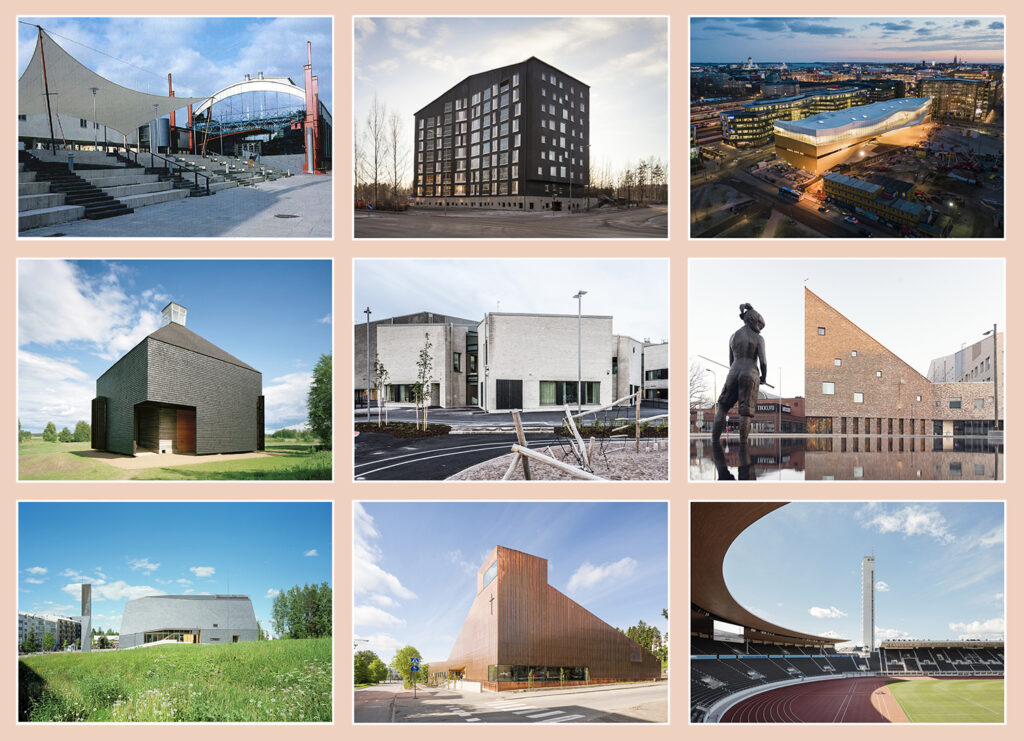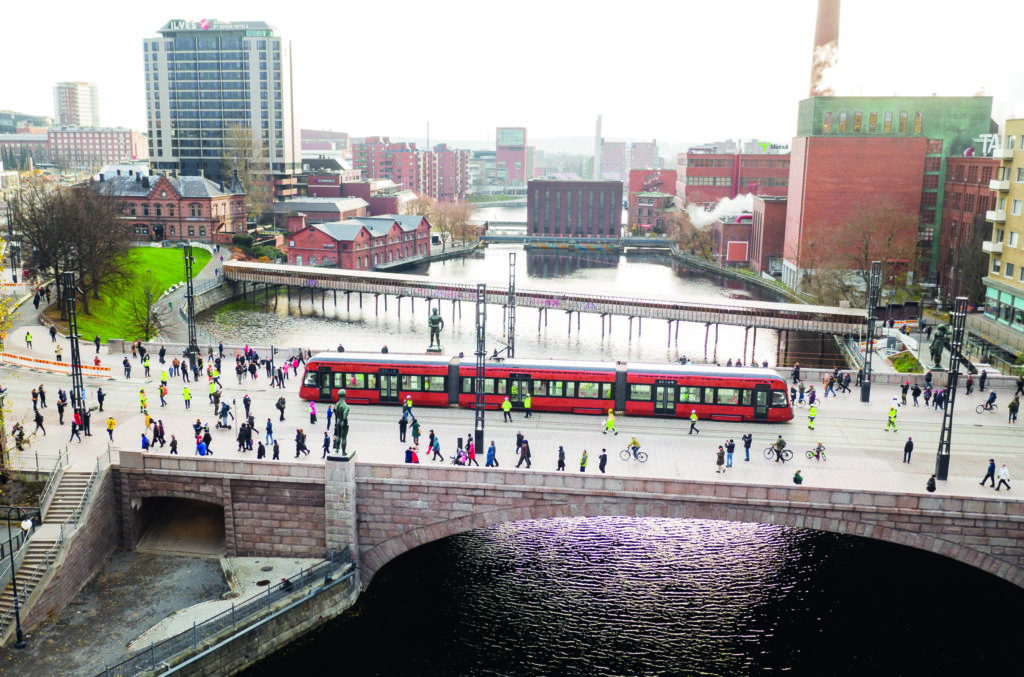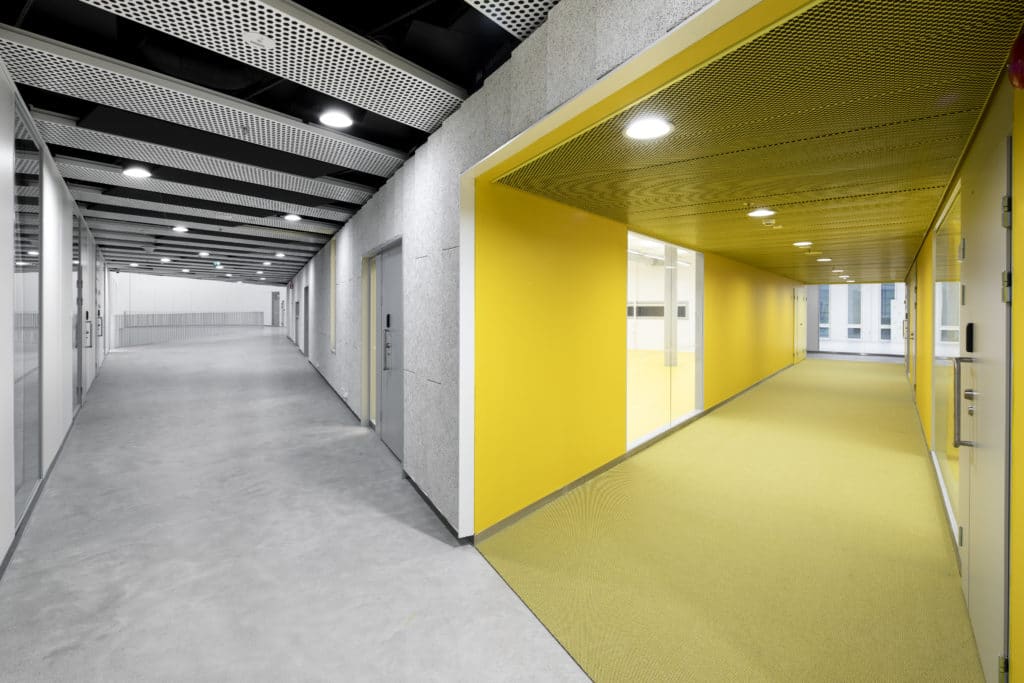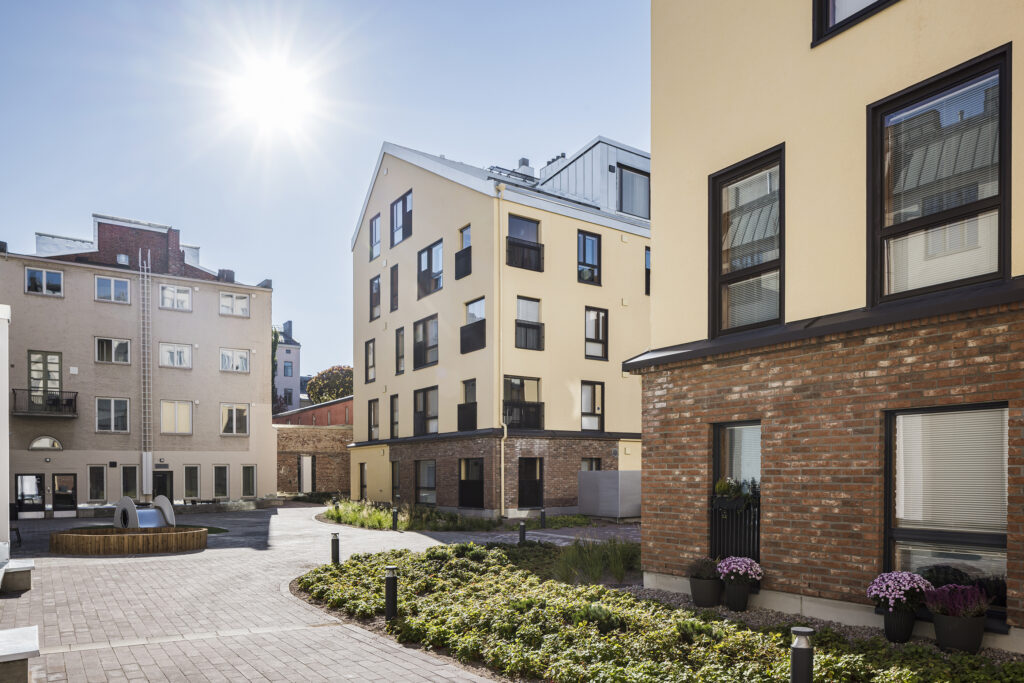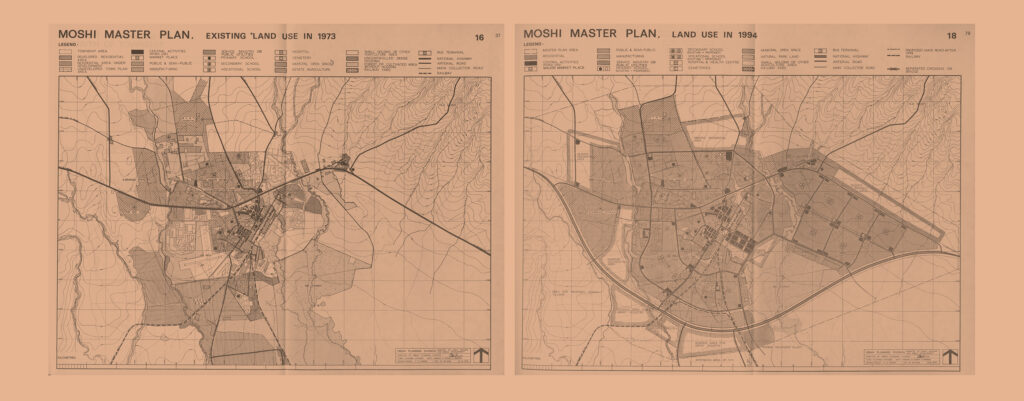Making Finland Visible – A Response to Rainer Mahlamäki

Finnish architecture arouses interest around the world as long as it is actively promoted in various media, writes Wolfgang Jean Stock.
In his essay “Why Is Finland Not More Visible Abroad” (Finnish Architectural Review 5/2024), Rainer Mahlamäki raises an important question: How does architecture gain prominence among the general public? He cites three reasons why he believes Finnish architecture is not more visible abroad. First, he points to the tendency among the world’s media to focus on star architects, in comparison to whom “correct and proper” contemporary Finnish architecture stands little chance. He goes on to suggest the country lacks leading figures, similar to Aalto, who are able to stand the test of time.
I disagree: Whenever the unique qualities of contemporary Finnish architecture are showcased in books and exhibitions, it can be expected to attract significant attention across Europe, from wooden buildings to church architecture and library designs. Indeed, it works to Finland’s advantage that, despite its relatively large land mass, it is perceived as a “small country” akin to a single distinct region such as Flanders in Belgium or South Tyrol in Italy.
Secondly, Mahlamäki suggests that the Finnish construction industry lacks innovation. As an outsider, I am not in a position to judge this assertion. However, I would draw attention to a conference I attended in Munich in the autumn of 2024, where Finnish companies were showcasing their elements and systems in wood construction, and conference visitors were being handed a special German-language issue of the Finnish magazine Puu.
Finally, Mahlamäki asserts that Finnish architecture is rarely featured in publications and exhibitions. Yes, I too miss the printed yearbooks that were internationally appreciated as a continuous documentation of Finnish architecture. The Archinfo newsletter is certainly no substitute. And yes, it is true that the exhibitions of the Museum of Finnish Architecture used to be more targeted at an international audience. This is shown by comparing two important exhibition catalogues: for the 1994 exhibition Heroism and Everyday – Building Finland in the 1950s, the catalogue was published both in Finnish and English, while the one made for the 2016 exhibition Värikkäämpi, iloisempi, hienostuneempi: näkökulmia 1960-luvun arkkitehtuuriin, which showcased architecture from the following decade, was unfortunately only in Finnish. This was also the case with the 2023 exhibition Murrosten vuosikymmen: arki, aatteet ja arkkitehtuuri 1970-luvun Suomessa, which focused on 1970s architecture.

Small Gesture With a Big Impact
Rainer Mahlamäki is right to raise these three criticisms. However, I would like to share an alternative, more positive narrative based on my own experiences of reporting on the Finnish architecture scene. Looking back, I have to give credit to the Finnish Ministry for Foreign Affairs in Helsinki because it was actually the Finnish side that first reached out to me. Essentially, thanks to the support of the Finnish government, I spent over 30 years promoting contemporary Nordic architecture across Germany, Austria and Switzerland on a wide range of media outlets – and it all started with one small gesture…
At the end of 1990, I published an article in the Süddeutsche Zeitung entitled “Ein Prophet aus dem Norden” (“A prophet from the north”) about an Aalto exhibition at the Technical University of Munich. Soon after and to my great surprise, I received a friendly letter from the Finnish embassy in Germany. The embassy counsellor Ritva-Liisa Elomaa had been excited to read my article and wanted to invite me on an architectural tour of Finland. Naturally, I jumped at the chance and in 1991 I travelled to Jyväskylä for my first Alvar Aalto Symposium.
Ritva-Liisa Elomaa was a brilliant example of what an individual diplomat can achieve with passion and determination. In her role as counsellor for culture she was a real flagbearer for her country – determined, endlessly helpful and always full of ideas. Elomaa was the driving force behind the founding, in 1994, of the Alvar Aalto Gesellschaft (Alvar Aalto Society) for Germany, Austria and Switzerland – a project in which I too was involved. Over the course of several press trips, I built a growing appreciation of Finnish architecture. I also later toured the country with architectural photographer Klaus Kinold who shared my passion for modern Finnish building culture. When Ritva-Liisa Elomaa left office, she took pains to introduce me to her successor. This same experience repeated itself over the years, meaning I continued to count on successive counsellors’ support for my work, right through to Merja Sundström who I worked with from 2015.
More Than Just Alvar Aalto
In the early 1990s, there was little appetite for Finnish architecture in the German-speaking media. Aalto was the only really well-known name, although experts in modern church architecture were familiar with Juha Leiviskä and Aarno Ruusuvuori. In 1992, I landed my first success with a full-page article marking the 75th anniversary of the Finnish Republic in the Süddeutsche Zeitung, one of the major broadsheet newspapers in Germany. For the next twenty years, I continued to write for the newspaper, reporting primarily on Aalto Symposiums, exhibitions at the Museum of Finnish Architecture and Finnish events held in Germany. My articles also featured in the Frankfurter Allgemeine Zeitung, notably one marking Helsinki’s year as the European Capital of Culture. In addition, I was invited to write more extended pieces for leading architectural publications such as Baumeister from Munich, Architektur aktuell from Vienna, Bauen in Beton from Zurich and Bauwelt from Berlin.
Through my articles and essays, I wanted more than anything to paint a complete picture of the Finnish architectural scene, right up to the present day. In other words, I wanted to get away from the fixation with Aalto and instead shine a light on his contemporaries and subsequent generations. I thoroughly enjoyed writing about Erik Bryggman and Erkki Huttunen, and took even greater pleasure in reporting on the buildings designed by architects who I had got to know personally – Kristian Gullichsen, Timo Vormala, Pekka Helin, Olli Pekka Jokela, Anssi Lassila and Ville Hara to name just a few.

Books and Exhibitions
In 2000, I was invited to write a three-volume book entitled Europäischer Kirchenbau – European Church Architecture. The books, which are published as bilingual volumes in German and English, feature many examples of modern Finnish religious buildings, including those designed by Lars Sonck and Pekka Pitkänen. In 2014 I produced another book to accompany the exhibition on 21st century Finnish churches and chapels that I curated for the Munich gallery of the German Association for the Sacred Arts. The exhibition has since toured several other towns and cities in southern Germany, most recently Stuttgart in the autumn of 2024.
In addition, I have delivered many lectures on modern Finnish architecture, including at universities in Bremen, Coburg and Munich. Throughout my work, I have had the privilege of visiting many fascinating buildings and meeting some truly exceptional people. I will never forget the two afternoons I spent with Elissa Aalto and Göran Schildt on Muuratsalo, nor my intense conversations with Professor Riitta Nikula, who has become a friend as well as a colleague. In both Helsinki and Jyväskylä, I have found myself part of a network committed to promoting Finnish architecture for many years to come. My only sadness is the apparent change in the media and press policies of the Finnish Ministry for Foreign Affairs, which means that despite several requests to the Finnish embassy in Berlin, those connections have long since been lost. ↙
WOLFGANG JEAN STOCK is a historian and architectural critic based in Munich, Germany. He has published numerous books and articles on modern art and architecture and has curated more than 100 exhibitions.
